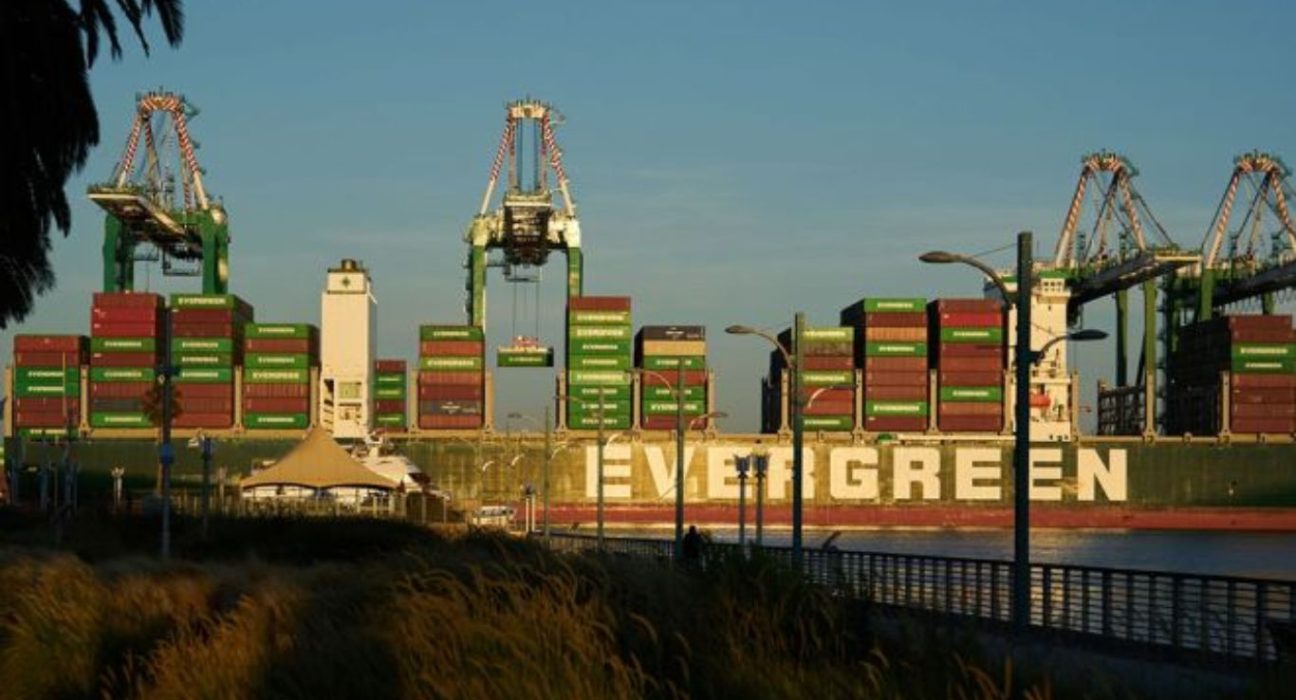Labor Deal Revives U.S. West Coast Ports
For over a year, U.S. West Coast ports experienced a challenging period as labor negotiations with their workers dragged on. This situation had a significant impact on the ports’ market share, leading worried shippers to divert containers elsewhere. However, a recent labor deal this summer has brought newfound hope to these ports, allowing them to regain market share in August, while their East Coast counterparts faced setbacks.
Reversal of Fortune
The labor disputes that plagued the West Coast ports were a cause for concern for both shippers and the broader shipping industry. As negotiations dragged on, businesses began diverting their container shipments to the East Coast and Gulf of Mexico ports in search of more reliable alternatives. This diversion not only resulted in lost revenue for West Coast ports but also highlighted the need for a resolution.
The Impact of the Labor Deal
With the labor deal finally in place, the West Coast ports have seen a turnaround in their fortunes. Shippers are once again considering them as competitive options for their shipments. This resurgence is reflected in the market share gains observed in August, signaling a positive trend for the West Coast ports.
Market Share Dynamics
The shift in market share between the West Coast and East Coast ports is a crucial indicator of their competitiveness. The recent data from Descartes Systems Group reveals that the West Coast ports made significant gains in August compared to the previous month. This development is a testament to the positive impact of the labor agreement on the region’s shipping infrastructure.
East Coast Challenges
While the West Coast ports celebrate their resurgence, their East Coast counterparts are grappling with challenges. The loss of market share indicates that the diversion of shipments during the labor disputes may have had a lasting impact. Shippers seem to be cautious about returning their business to these ports, highlighting the importance of reliability in the shipping industry.
Economic Implications
The competitive dynamics between the West Coast and East Coast ports have broader economic implications. The ability of ports to efficiently handle cargo impacts supply chains and the cost of goods for consumers. The recent developments suggest that a stable labor environment is a critical factor in ensuring the smooth flow of goods and the overall health of the economy.
The Road Ahead
As West Coast ports regain their market share, they must remain focused on maintaining the trust of shippers. Reliability, efficiency, and cost-effectiveness will be key factors in sustaining their newfound competitiveness. Additionally, the East Coast ports will need to address the challenges they are facing and work towards reclaiming lost market share.
Conclusion
The recent labor deal has breathed new life into U.S. West Coast ports, allowing them to regain market share that was lost during protracted labor negotiations. This development underscores the significance of stable labor relations in the shipping industry and its ripple effects on the broader economy. As the competition between the West Coast and East Coast ports continues, the efficiency and reliability of these ports will remain pivotal in shaping the future of shipping in the United States.










